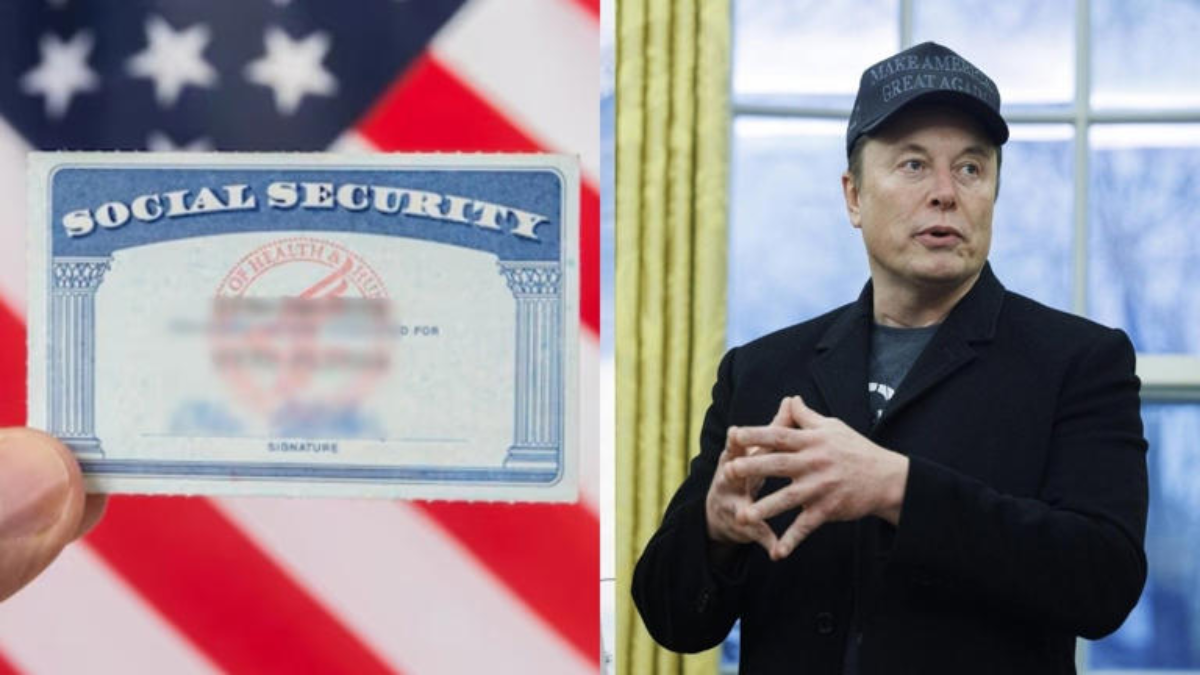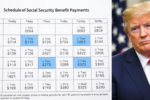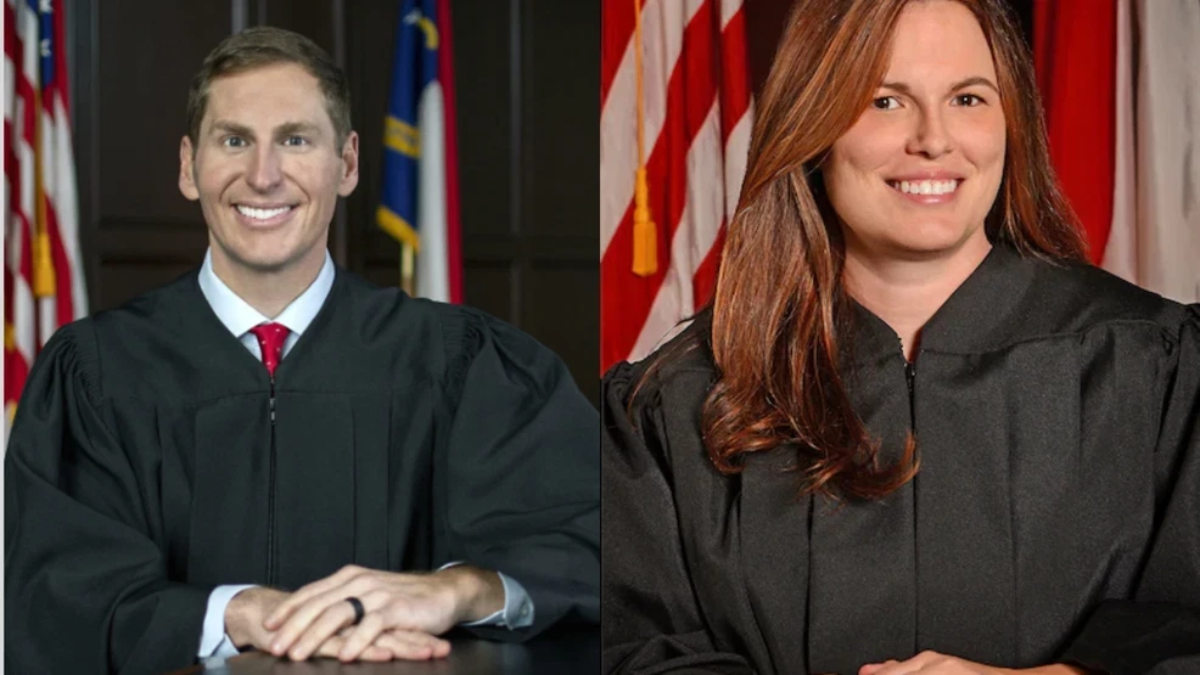The Social Security Administration (SSA) recently responded to controversial statements made by billionaire Elon Musk, who claimed that the agency was making benefit payments to millions of deceased Americans. The tech mogul’s assertion quickly ignited debate online and across political circles, raising concerns about the integrity of the Social Security system.
In response, SSA officials released data, context, and clarifications, strongly denying the scale and scope of Musk’s claims.
Elon Musk’s Claims Spark Concern
In a widely shared social media post, Elon Musk suggested that the SSA had a “huge problem” involving payments to the deceased. He implied that this issue represented massive systemic fraud and an example of bureaucratic incompetence.
Musk pointed to outdated death records and mentioned individuals listed as alive despite being well over 100 years old as evidence of institutional failure.
The statement struck a nerve with political figures such as former President Donald Trump, who echoed the sentiments during a recent public address, emphasizing the need for “serious reform in federal agencies.”
The idea that deceased individuals could be receiving benefits stoked public frustration, especially amid ongoing debates over Social Security funding.
SSA’s Swift and Firm Response
The Social Security Administration promptly responded to Musk’s statements. According to SSA officials, the agency processes approximately 3 million death reports each year and utilizes multiple sources to verify these deaths. These include:
- State vital records agencies
- Funeral directors
- Surviving family members
- Financial institutions
- Other federal agencies like Medicare and the IRS
SSA representatives noted that the agency takes fraud and overpayment prevention seriously, and when errors do occur, they are typically minimal and resolved quickly.
In a recent blog post on their official site, the SSA stated: “The vast majority of death reports we receive are accurate. We continuously improve our systems and processes to reduce errors.”
Understanding the Numident Confusion
Much of Musk’s claim stems from confusion about the SSA’s “Numident” database. This database houses records of every Social Security number ever issued. It includes millions of inactive entries—individuals who are long deceased but whose death was never electronically reported, particularly those who died before modern data systems were put in place.
For example, a 2023 report by the SSA’s Office of the Inspector General (OIG) found that around 18.9 million SSNs issued to individuals born in 1920 or earlier lacked recorded death dates. However, almost none of these individuals are receiving benefits.
Experts, including former SSA deputy commissioner Andrew Biggs, confirmed that these outdated entries are remnants of pre-digital records and not indicative of fraudulent activity.
The Real Scope of Improper Payments
According to SSA data, from 2015 to 2022 the agency issued $8.6 trillion in benefits. Of this, around $71.8 billion (less than 1%) were considered improper payments. Most of these involved overpayments to living individuals, not deceased beneficiaries.
Additionally, in 2025, the SSA’s OIG released a report indicating that $327 million in improper payments were due to discrepancies in state-reported death records. These cases often occurred when the agency’s Death Information Processing System (DIPS) rejected valid death records due to mismatches in personal identifiers.
Technology Gaps and Legacy Issues
Some of the confusion can be attributed to the SSA’s continued use of outdated technology, including systems built on COBOL. When birthdates or death dates are missing in older entries, the system sometimes defaults to implausible values, such as assigning birth years from the 1800s.
These values are not a sign of fraud but rather artifacts of aging IT infrastructure.
Efforts are underway to modernize SSA systems. The agency is working on software upgrades, improved inter-agency data sharing, and streamlining the death reporting process.

How the SSA Recovers Improper Payments
When erroneous payments are discovered, SSA has systems in place to recover the funds. The U.S. Treasury works with the SSA and other partners to reclaim funds from bank accounts or estates. In fact, a 2023 pilot program recovered more than $31 million in improper payments over just five months.
Additionally, SSA blocks or flags questionable payments when a death is suspected but not verified. Banks and financial institutions are also required to return any payments made after a client’s death.
Political Spin vs. Reality
Experts and SSA officials warn against politicizing the issue. Misinterpretation of public data without understanding the historical context of records can fuel unnecessary fear. While Musk’s concerns may stem from a legitimate interest in government efficiency, the actual facts do not support claims of widespread fraud.
The SSA’s transparency and willingness to address concerns publicly help maintain public trust. As debates around Social Security reform continue, it’s important that conversations are grounded in factual data and context.
For more detailed coverage and official reports, visit the SSA’s official website.
Disclaimer – Our team has carefully fact-checked this article to make sure it’s accurate and free from any misinformation. We’re dedicated to keeping our content honest and reliable for our readers.







